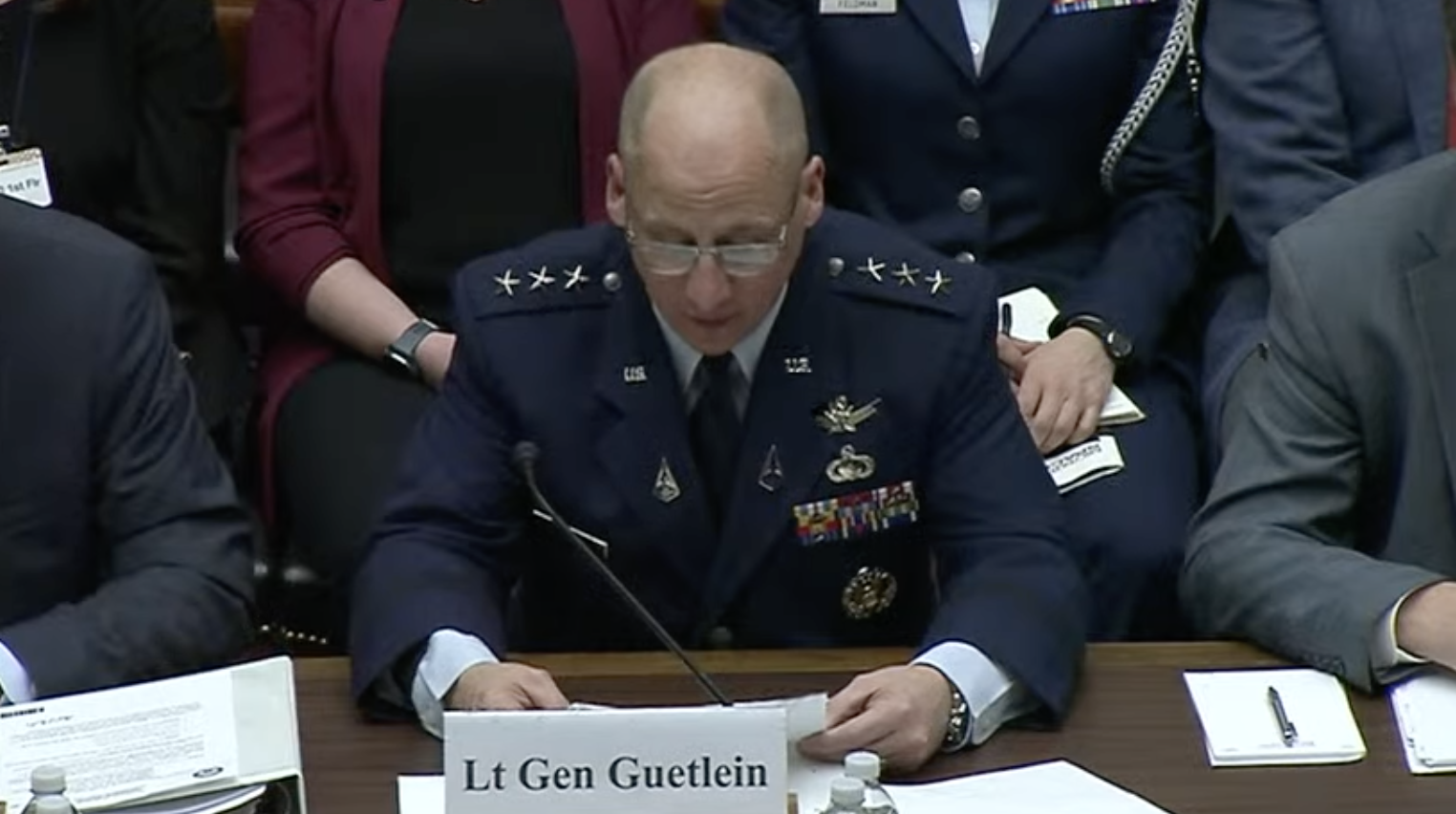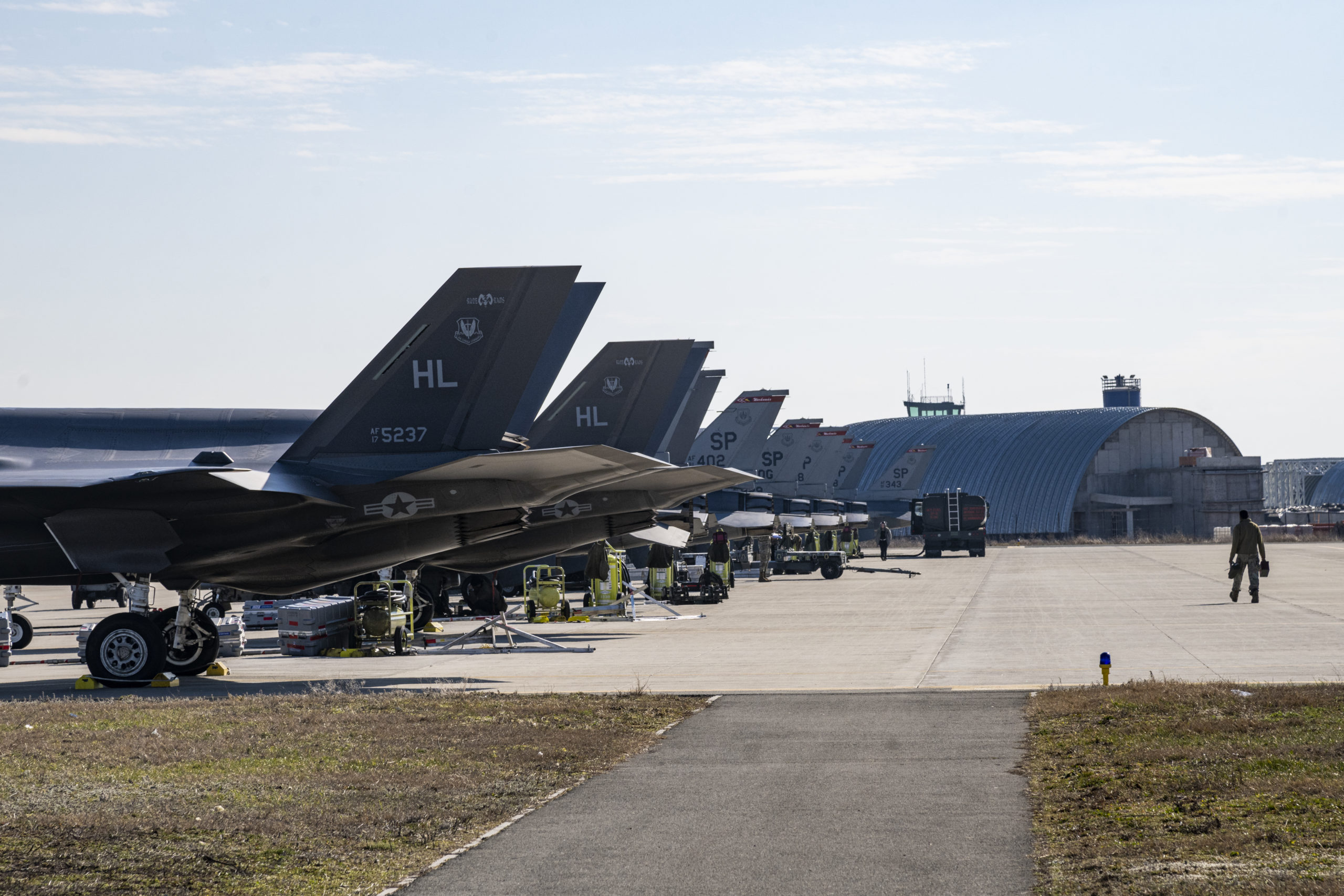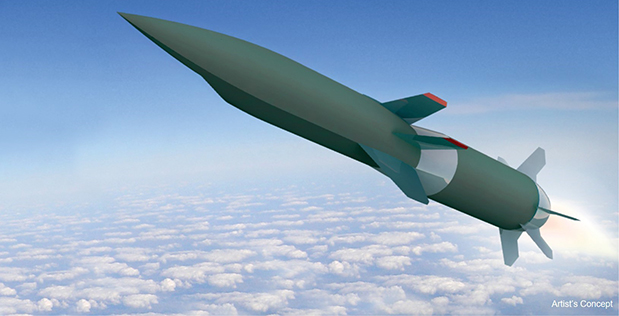Many of the more remarkable capabilities of the coming generation of Low Earth Orbit (LEO) satellite constellations come from their extraordinary connectivity—they’re networked not just with receivers on the ground, but with each other, as well. But this connectivity also means an increased cyber attack surface, panelists told the Space Symposium April 6.
“Every time you connect an additional node, you add an additional piece to a constellation, you add an additional ground station, you’re adding links, and … every link you add, that’s going to add risk,” said Stacy Kubicek, vice president and general manager of Lockheed Martin Missions Solutions.
Separately, at a media briefing on the sidelines of the symposium, Lt. Gen. Stephen N. Whiting, commander of the Space Force’s Space Operations Command, acknowledged the real danger that such vulnerabilities pose for space-based capabilities on which the whole joint force depends so completely.
“We have to be cyber secure because cyber is our soft underbelly of these global networks. And then we have to do that across our space and our combat support missions,” he said.
New LEO constellations can make that harder, because of the additional connectivity they require. Traditional Geostationary Earth Orbit (GEO) satellite communications operate on a simple “bent pipe” principle, where the user terminal points up at a single satellite, at a fixed position in the sky, which then sends its signal straight back down to a ground station connected to the network. But in a LEO constellation, because the satellites are so numerous and move so swiftly across the sky relative to users on the ground, the whole constellation needs to orchestrate its connectivity—satellites, user terminals, and ground control stations all need to be networked and controlled so that the terminal knows which satellite it is communicating with and the satellite knows where to send the data it receives.
For example, many of the new constellations use optical communications via laser to transmit data. But lasers don’t work if there’s cloud cover over the ground station, so to maintain connectivity, the constellation must be able to instantaneously reroute data in space, passing it from satellite to satellite until it reaches one over a ground station where the skies are clear.
This multiplex connectivity is the source of the remarkable capabilities of the new LEO constellations, but it also means their attack surface is much broader, because there are so many more entry points into the network for an attacker.
Connectivity was essential to the function of the constellation, Kubicek said, so the additional risk it brought couldn’t be eliminated, it had to be mitigated and managed. “It really does come down to balancing the risk that we’re going to take on, as part of bringing on more things into the constellation … [against] what is the effect we’re trying to get? What are the things that we’re going to have to offset with the risk that we’re going to take on as a result?” she said.
One mitigation, she added, was “to cyber harden our data,” but the use of sophisticated encryption had implications. “Obviously, that’s going to come with a cost, we have got to be careful, because if we say we’re hardening everything, there’s going to be a lot of cost with that. And also, there’s going to be a lot of latency.”
Again, Kubicek said, it was a matter of risk management. “Where do we want to cyber harden, versus where do we want to potentially take a little bit more risk to get data quicker? In some areas, we might be more amenable to taking risk. In [Nuclear Command, Control, and Communications, or] NC3? Probably not,” but maybe in other areas, she said.
In cyber terms, the new LEO constellations could be thought of as virgin soil for security, much like the internet in its early days, suggested Richard Aves, executive vice president for mission solutions at Parsons Corp.
“We almost have to approach proliferated [LEO] space, like the early days of the Internet,” he said, noting that it took several years for the first worms and malicious software to appear, but predicting that the cycle would operate much faster this time around.
“It’s going to be probably two days, once the proliferated LEO constellations are fully up and operational [before they’re attacked],” Aves joked. Satellite operators needed to have the capability to update the software that runs them “to be able to address morphing cyber threats to the network.”










